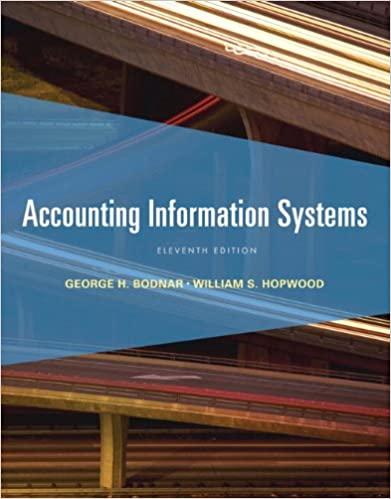As a financial consultant, you have contracted with Wheel Industries to evaluate their procedures involving the evaluation
Question:
As a financial consultant, you have contracted with Wheel Industries to evaluate their procedures involving the evaluation of long term investment opportunities. You have agreed to provide a detailed report illustrating the use of several techniques for evaluating capital projects including the weighted average cost of capital to the firm, the anticipated cash flows for the projects, and the methods used for project selection. In addition, you have been asked to evaluate two projects, incorporating risk into the calculations.
You have also agreed to provide an 6-7 page report, in good form, with detailed explanation of your methodology, findings, and recommendations.
Company Information
Wheel Industries is considering a three-year expansion project, Project A. The project requires an initial investment of $1.5 million. The project will use the straight-line depreciation method. The project has no salvage value. It is estimated that the project will generate additional revenues of $1.2 million per year before tax and has additional annual costs of $600,000. The Marginal Tax rate is 35%.
Required:
A. Wheel has just paid a dividend of $2.50 per share. The dividends are expected to grow at a constant rate of six percent per year forever. If the stock is currently selling for $50 per share with a 10% flotation cost, what is the cost of new equity for the firm? What are the advantages and disadvantages of using this type of financing for the firm?
B. The firm is considering using debt in its capital structure. If the market rate of 5% is appropriate for debt of this kind, what is the after tax cost of debt for the company? What are the advantages and disadvantages of using this type of financing for the firm?
C. The firm has decided on a capital structure consisting of 30% debt and 70% new common stock. Calculate the WACC and explain how it is used in the capital budgeting process.
D. Calculate the after tax cash flows for the project for each year. Explain the methods used in your calculations.
E. If the discount rate were 6 percent calculate the NPV of the project. Is this an economically acceptable project to undertake? Why or why not?
F. Now calculate the IRR for the project. Is this an acceptable project? Why or why not? Is there a conflict between your answer to part C? Explain why or why not?
G. What is the expected value of each project’s annual after tax cash flow? Justify your answers and identify any conflicts between the IRR and the NPV and explain why these conflicts may occur.
H. Assuming that the appropriate discount rate for projects of this risk level is 8%, what is the risk-adjusted NPV for each project? Which project, if either, should be selected? Justify your conclusion.
Salvage value is the estimated book value of an asset after depreciation is complete, based on what a company expects to receive in exchange for the asset at the end of its useful life. As such, an asset’s estimated salvage value is an important... Capital Budgeting
Capital budgeting is a practice or method of analyzing investment decisions in capital expenditure, which is incurred at a point of time but benefits are yielded in future usually after one year or more, and incurred to obtain or improve the... Capital Structure
Capital structure refers to a company’s outstanding debt and equity. The capital structure is the particular combination of debt and equity used by a finance its overall operations and growth. Capital structure maximizes the market value of a... Cost Of Capital
Cost of capital refers to the opportunity cost of making a specific investment . Cost of capital (COC) is the rate of return that a firm must earn on its project investments to maintain its market value and attract funds. COC is the required rate of... Cost Of Debt
The cost of debt is the effective interest rate a company pays on its debts. It’s the cost of debt, such as bonds and loans, among others. The cost of debt often refers to before-tax cost of debt, which is the company's cost of debt before taking... Discount Rate
Depending upon the context, the discount rate has two different definitions and usages. First, the discount rate refers to the interest rate charged to the commercial banks and other financial institutions for the loans they take from the Federal... Dividend
A dividend is a distribution of a portion of company’s earnings, decided and managed by the company’s board of directors, and paid to the shareholders. Dividends are given on the shares. It is a token reward paid to the shareholders for their...
Step by Step Answer:

Accounting Information Systems
ISBN: 9780132871938
11th Edition
Authors: George H. Bodnar, William S. Hopwood





